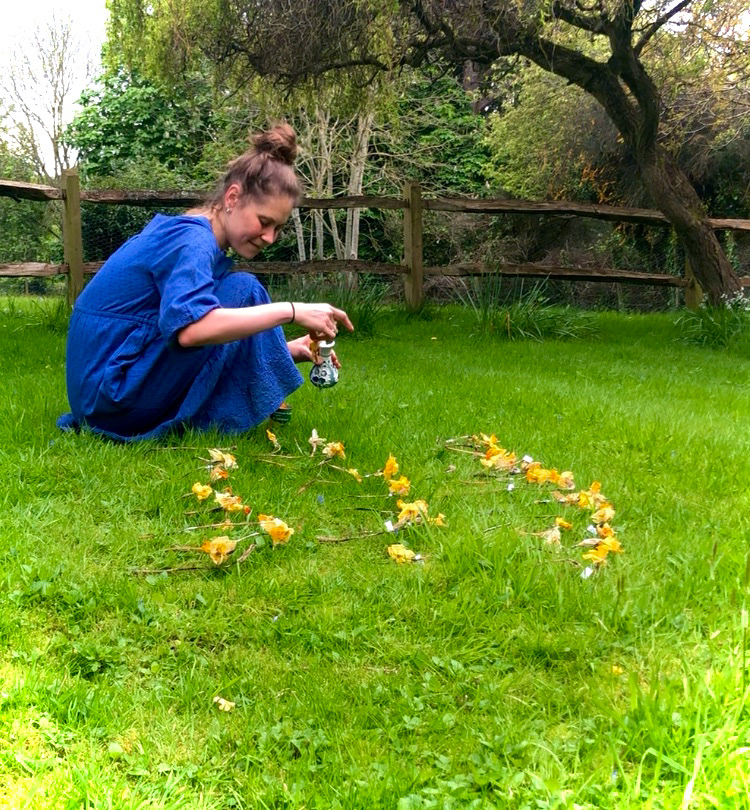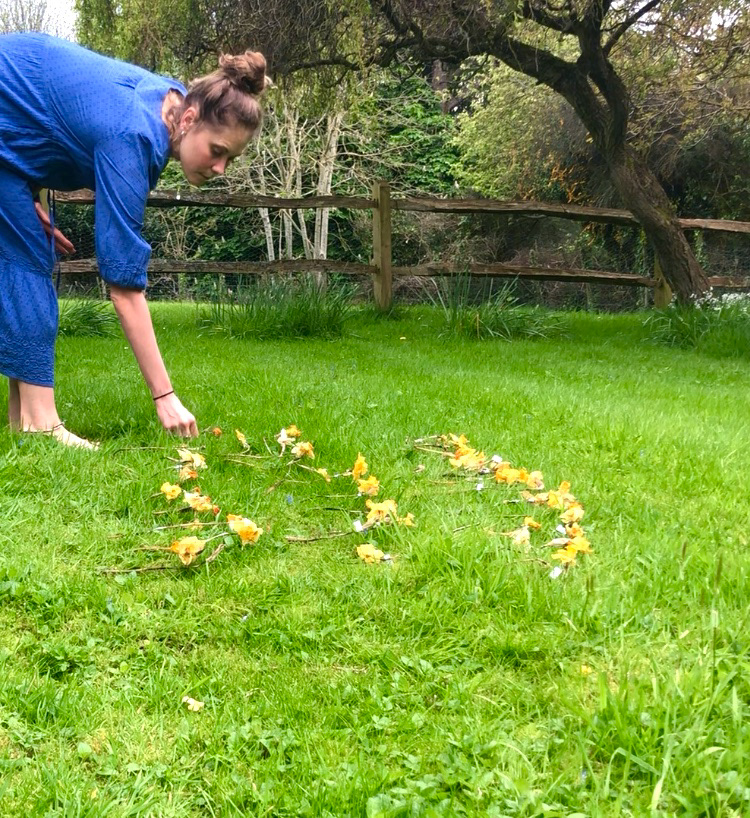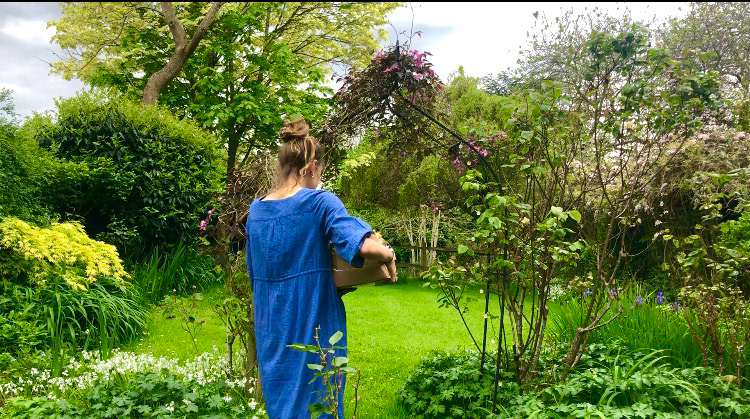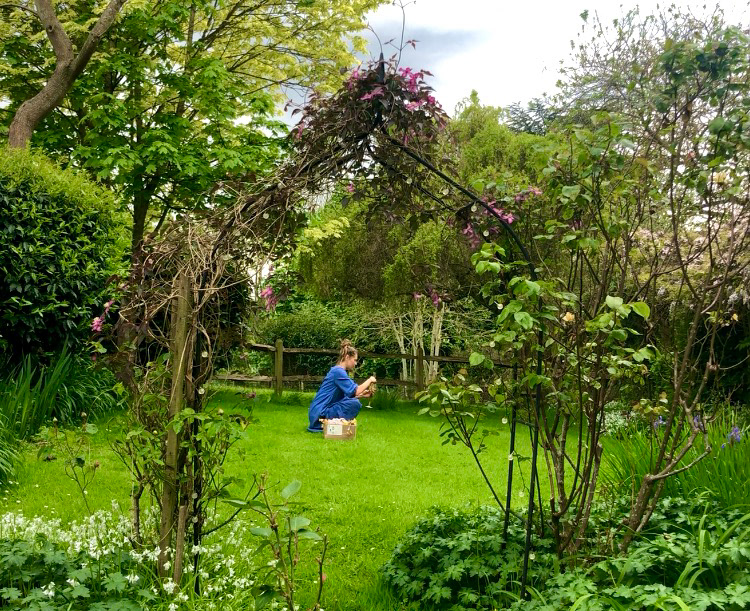The Daffodil Doctor is partly a performative piece centred on the rescue, care and documentation of damaged daffodils. It responds to the ecological harm inflicted by humanity on the natural world in the Anthropocene. By embodying the role of the Daffodil Doctor, the work seeks to make the impact of these actions more visible and comprehensible.
The Daffodil Doctor emerged from a sense of grief and sadness at the number of daffodils I began noticing damaged or bent along the roadside in my local area. Despite walking the same path for years, I had never seen so many flattened or snapped at the stem. This prompted me to sit beside a row of daffodils and observe for several hours.
I noticed that while the flowers swayed gently in the breeze and with passing cyclists or cars, the real damage came from heavy goods vehicles. The force of the wind they generated battered the daffodils, causing many to bend and break. These vehicles, I realised, were part of the nearby development of former green spaces into residential housing. As I looked around, I saw that the damage extended beyond the flowers. Pavements were cracking, roads were eroding and the green areas of the village were being slowly erased.
This piece became a quiet commentary on the Anthropocene and the everyday consequences of human expansion and the pursuit of progress. In response, I embodied the role of the Daffodil Doctor. I began rescuing the damaged flowers and taking them home to care for them. Each was gently washed, the dirt softly brushed from its petals with a fine brush. I named and numbered every one, giving each daffodil individual recognition and attention. What began as a single vase of rescued daffodils soon grew into a collection of nearly 300.
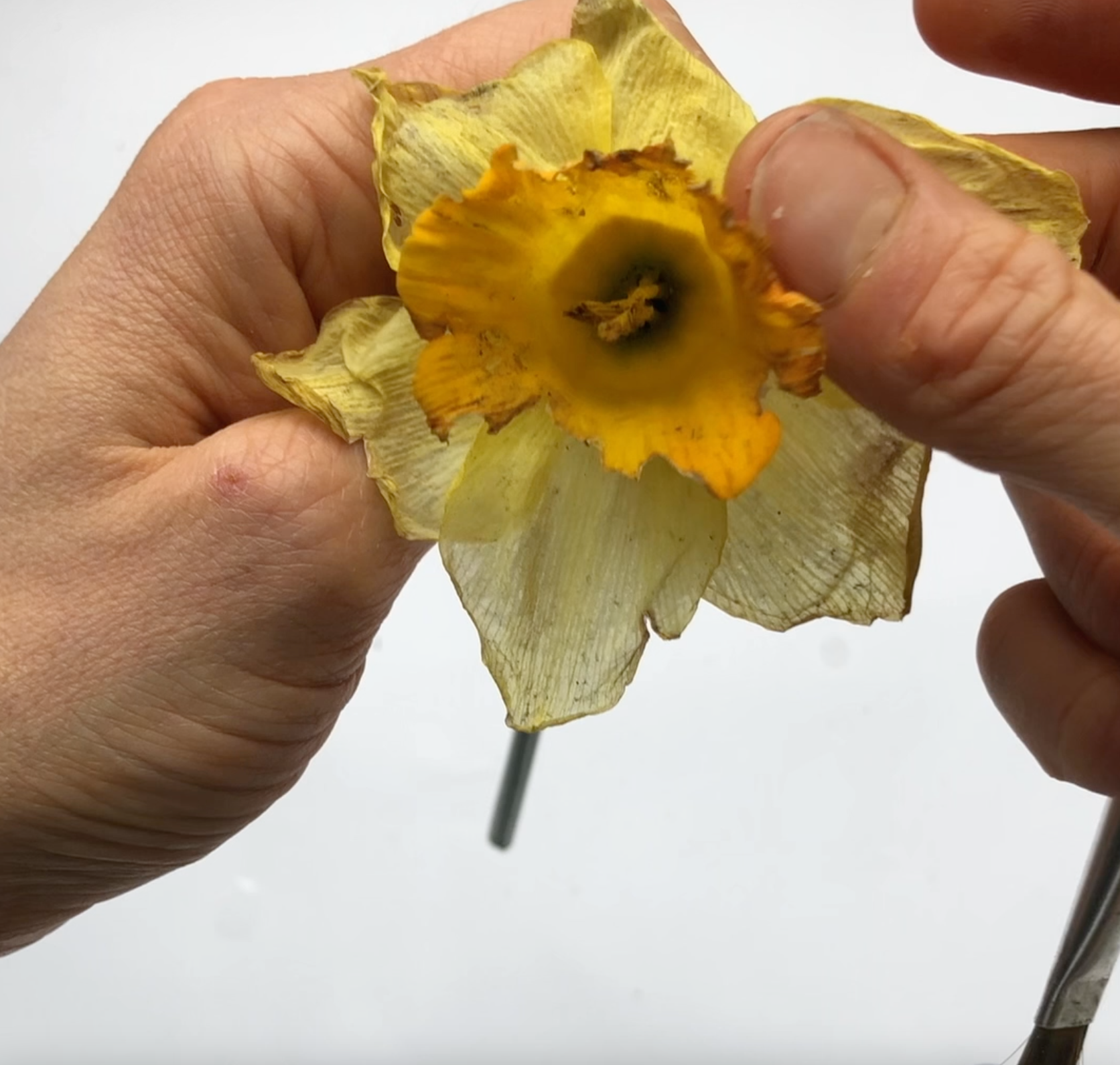
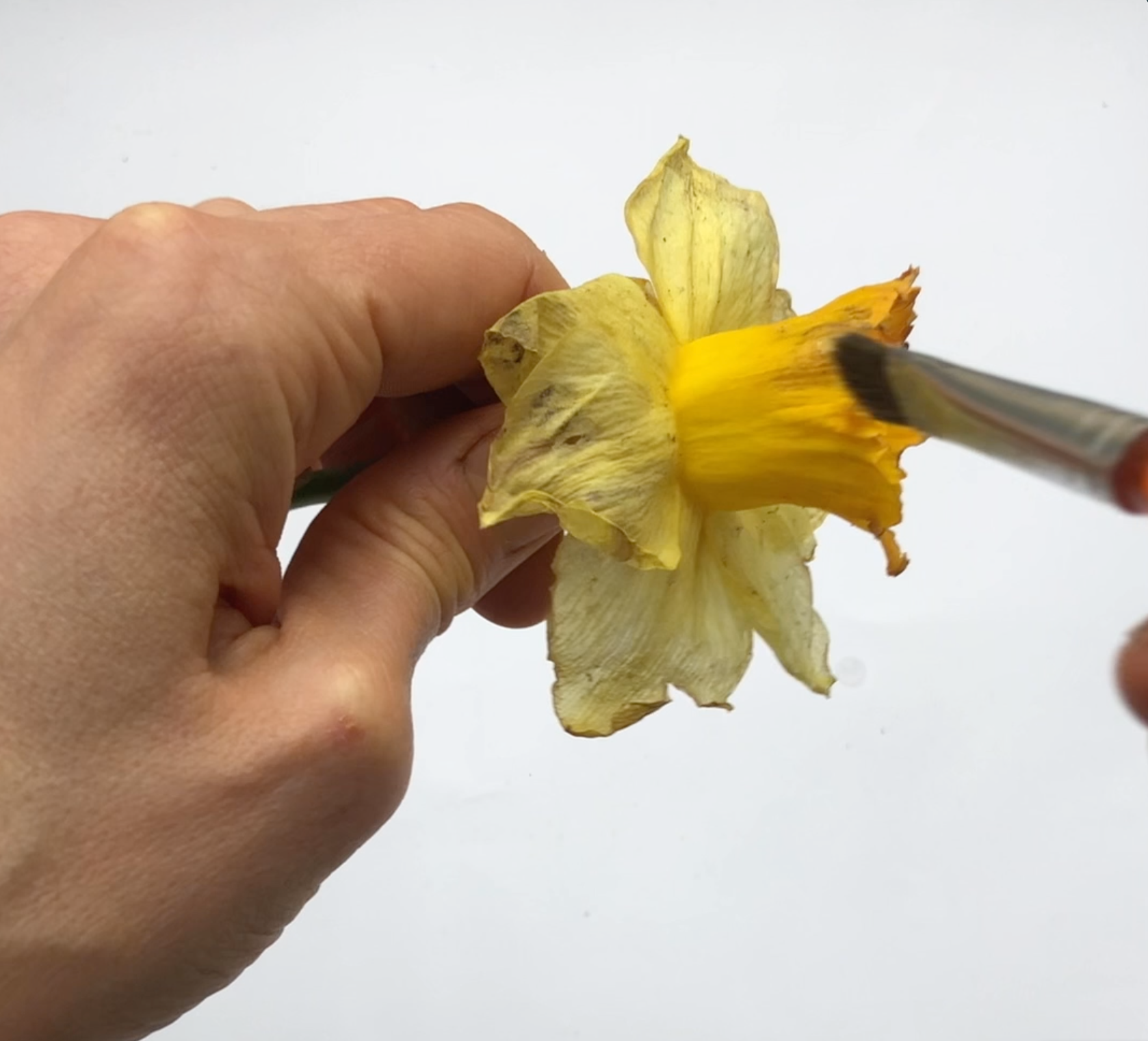
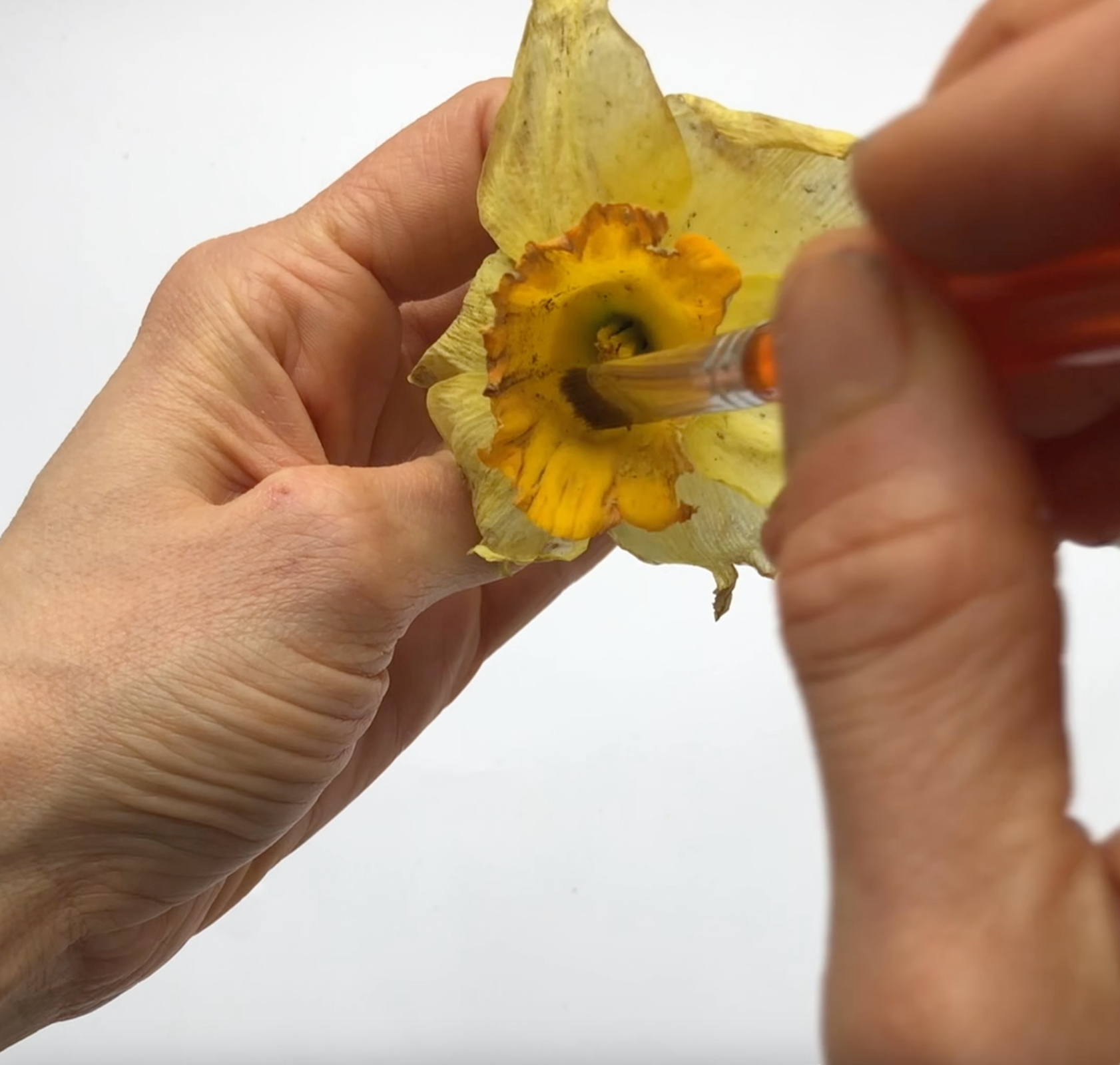
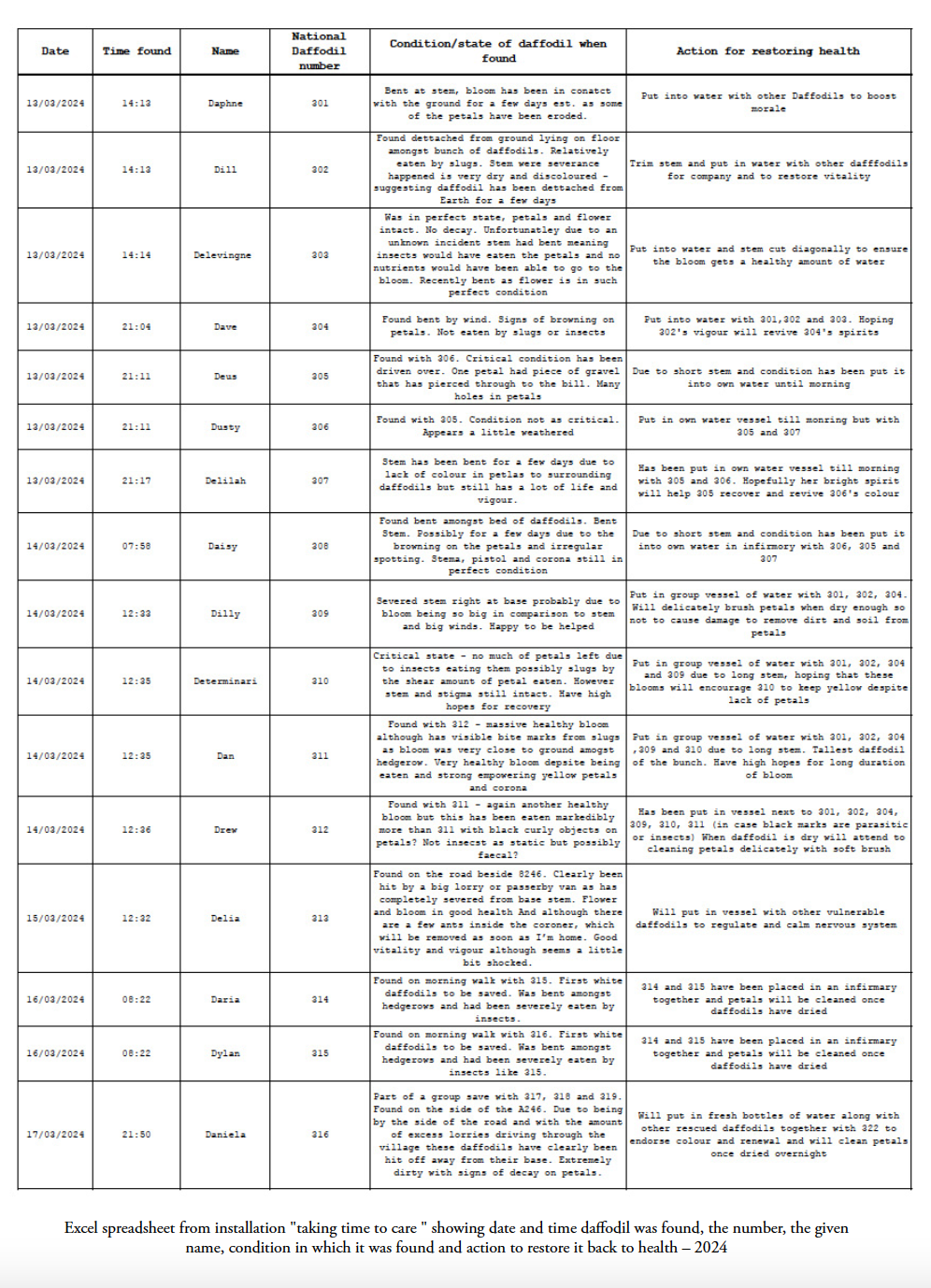
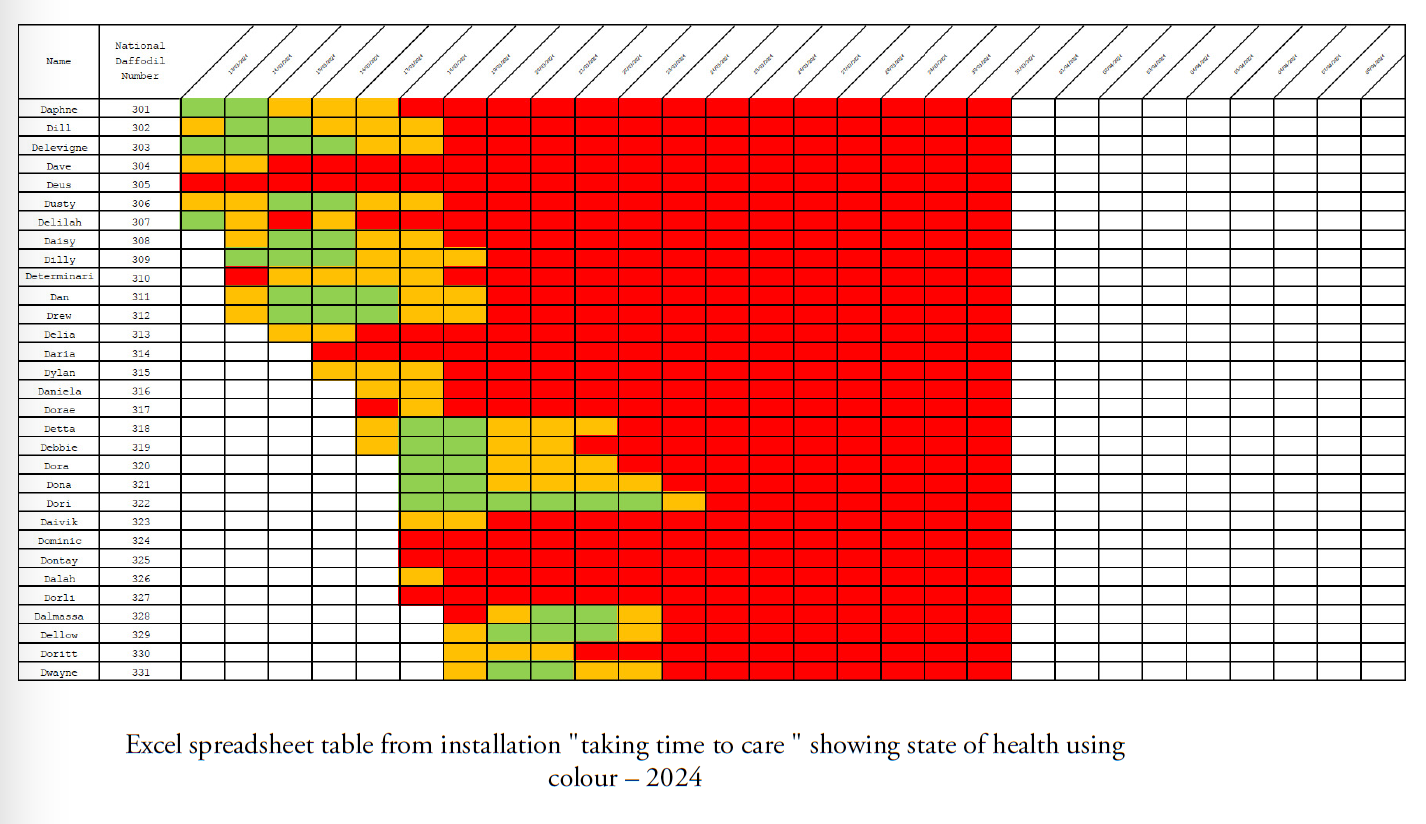
I documented their care as one might in a hospital ward. And when the flowers began to wither, I laid them to rest, returning them to the soil. This act closed the cycle and allowed nature to take them back.
The Daffodil Doctor sought to personify plant life and challenge the hierarchy that so often places human life above all others. It was a subtle but deliberate gesture of reverence, created to cultivate empathy, reflection and a renewed attentiveness to the lives we so often overlook.

